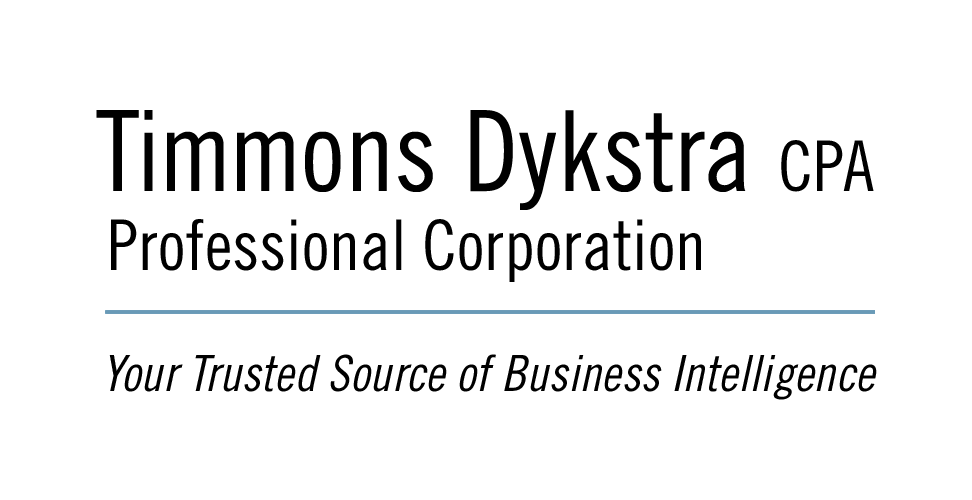General
You can close any window in QuickBooks by hitting the escape key.
You can quickly find any item, name, or account on a long list—just type the first two or three letters of that item.
You can quickly change the date of any transaction in QuickBooks without retyping the date. Highlight the date with your mouse, then use the + or – keys to change the date one day at a time.
When entering bills and cheques, if you only know the total amount of your purchases, you can do a backwards calculation to figure out the before tax amount using the QuickMath feature:
Enter the total amount into the net amount column, then hit the forward slash key (a little calculator tape will appear on your screen). If the tax code is “H”, divide the number by 1.13. The net amount will now be calculated.
You can rearrange the accounts in your Chart of Accounts. Just open the Chart of Accounts, click on the diamond next to the account you want to move and, holding the mouse button down, drag it to the desired location.
Reimbursement for Business Expenses paid Personally
It is recommended that any personally paid business expensesbe recorded in QuickBooks on a regular basis (monthly, quarterly, annually)
First, summarize the expenses by category (eg. office supplies, parking, meals). Next, create a QuickBooks cheque payable to yourself and enter the details by category. If the company has sufficient cash to pay you, print the cheque. If not, on last line of the cheque choose the account “Shareholder Loan”, no tax code, and enter the total of the cheque as minus. Click recalculate and the total cheque will change to $0.
Fixing Customer Receivable Balances
- Display “A/R Aging Summary” [Reports > Customers & Receivables]
- Sort by total; review old amounts , negative balances, and $0 balances. You can display a customer balance detail report to help determine if a bookkeeping problem caused the balance.
Old amounts owing that will not be received:
- Choose ‘Customers’ then ‘create credit memo/refund’
- Enter the Customer:Job and complete the credit using identical items and taxes used for this customer/old invoice
- Click ‘Save and close’
- Choose ‘Apply to an Invoice’ and click OK
- Add check mark to the appropriate invoices and click ‘Done’
Negative balances that will not be refunded or used:
- Choose ‘Customers’ then’create invoice’
- Enter the Customer:Job and complete the invoice using identical items and taxes used for this customer
- Click’Apply Credits’
- Add check marks to the available credits and click’Done’
- Click Save and Close
Customer $0 balances:
- Choose ‘customers’ then ‘receive payment’
- In ‘received from’ enter the customer name
- DO NOT enter an amount (as no new money is received or deposited into the bank)
- Click on the date field of any old invoices from the list
- Click ‘Discount and Credits’
- Add a check mark to the available credits and click ‘Done’
- Click ‘Save & Close’
Fixing Vendor Payable Balances
- Display “A/P Aging Summary” [Reports > Vendors >Vendors & Payables]
- Sort by total; review old amounts , negative balances, and $0 balances. You can display a vendor balance detail report to help determine if a bookkeeping problem caused the balance.
Old amounts payable that will not be paid:
- Choose ‘Vendors’ then ‘Enter Bills’, click the ‘credit’ button
- Enter the ‘Vendor’ name and complete the credit using identical accounts and taxes used for this vendor
- Click ‘Save & Close’
- Choose ‘Vendors’ then ‘Pay Bills’, add a check mark to the unwanted bill
- Click ‘set credits’ and apply the credit, click ‘Done’
- Ensure the ‘Amt. To Pay Column’ is $0, click ‘Pay Selected Bills’
Negative balances that will not be received or used:
- Choose ‘Vendors’ then’Enter Bills’
- Enter the ‘Vendor’ name and complete the credit using identical accounts and taxes used for this vendor
- Click ‘set credits’ and apply the credit, click ‘Done’
- Ensure the ‘Amt. To Pay Column’ is $0, click ‘Pay Selected Bills’
Vendor $0 balances:
- Choose ‘Vendors’ then ‘Pay Bills’
- Add a check mark to the Vendors bills
- Click ‘set credits’ and apply the credit, click ‘Done’
- Ensure the ‘Amt. To Pay Column’ is $0, click ‘Pay Selected Bills’
Recording Credit Card Charges
Balance paid in full
- Use the ‘write cheque’ feature to record the details by account (1 line per statement charge)
- Enter the Credit Card Name in ‘Pay to the Order of’
- The cheque date should be the statement date or the last day of the previous month)
- The cheque total should equal the statement amount
Balance carried forward
- create an account (type=credit card) for each credit card
- Go to ‘banking’ then ‘enter credit card charges’
- A credit card purchase can be entered for each statement charge or use multiple expense lines to record all the individual statement charges
- When paying down the credit card balance, ‘write cheque’ from your bank account and choose the Credit Card account
- The credit card account should be reconciled after each statement (see reconciling bank instructions)
Personal Expenses
We recommend that personal expenses either be paid with a separate cheque from a personal bank account (and not entered into QuickBooks) or be charged to a different credit card. Any personal amounts paid with a business cheque should be coded to the “Shareholder Loan” account.
Note re: receipts
We recommend that the original supplier receipts be kept in the event of a company audit. Credit card statements are not considered ‘proof of payment’ by CRA.
Negative Amounts
To have negative amounts show in parenthesis, display the report, select customize > Fonts > In parenthesis.
To permanently change this option, go to Edit > Preferences > Reports > Company Preferences tab, click on Format > Fonts and change the “SHOW NEGATIVE NUMBERS selection to “In Parenthesis”

